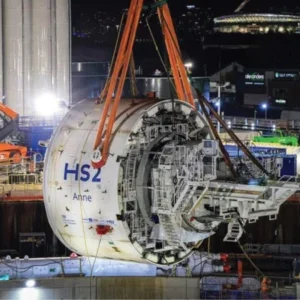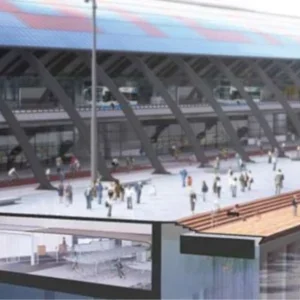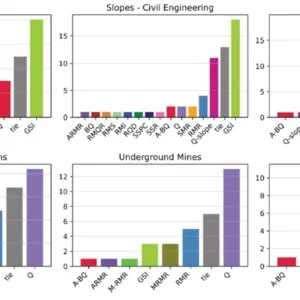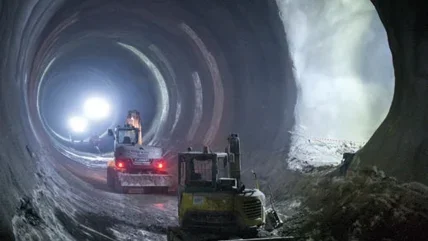
By the early 1970s, tunnelling societies were in the UK, following on from prior specific tunnelling industry gatherings and discussion in Sweden and Norway, and the International Tunnelling and Underground Space Association (ITA-AITES) was established.
Momentum had been building on recognising the tunnelling industry for what it was creating – increasing numbers of underground projects and miles of tunnels, across the world. Once the works of the 1960s ended, an international conference cast a major light of recognition onto ‘Tunnel Construction’ at a major meeting, held in Washington, D.C., by the Organization for Economic Cooperation and Development (OECD).
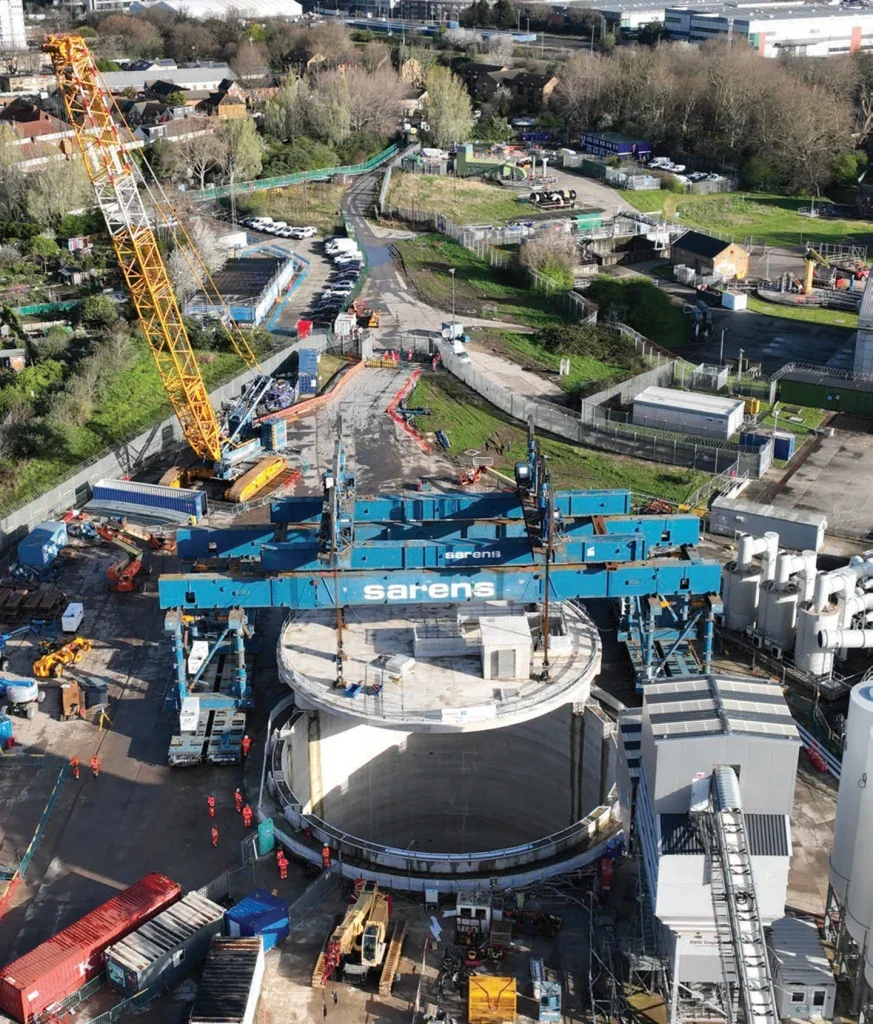
With about 13,000km of tunnels built during the 1960s, and expectations the following decade could see double that production rate again, underground works were on radar.
The importance and economic value of underground infrastructure, and its supporting construction supply chains, were being markedly recognised. With more projects, and financial spend, there were also technical lessons and knowledge to be shared, and so, the International Tunnelling Association (ITA) came to be founded, in 1974.
Subsequently, the organisation’s name changed to the International Tunnelling and Underground Space Association – though still holding with the ITA acronym, and with its French equivalent (AITES) is known both as ITA and ITA-AITES, respectively, in the industry.
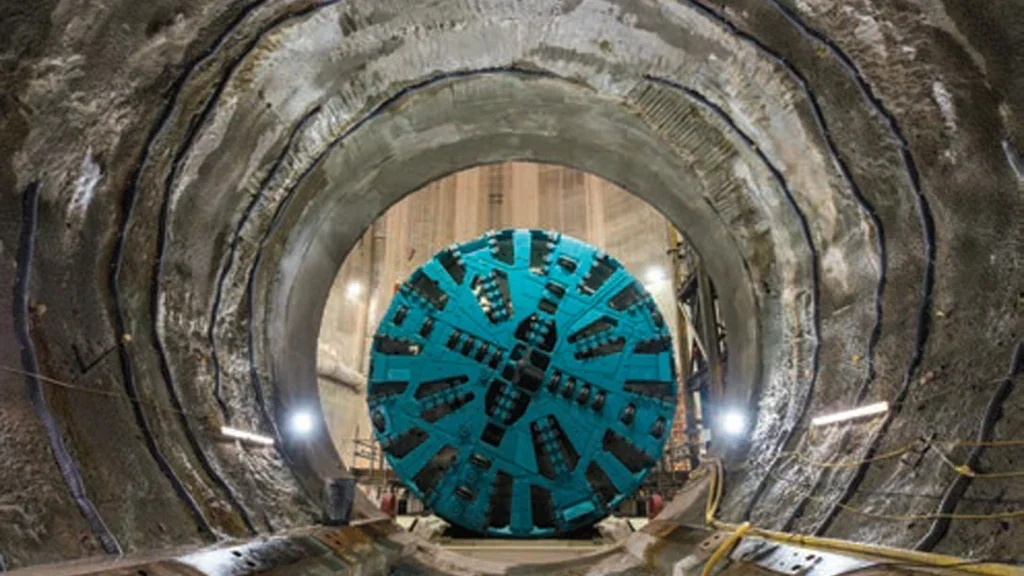
ITA
The ITA has remained a sharing body, supporting knowledge sharing among and across the increasing numbers of national tunnelling societies that have come into being and are members. In 2024, the organisation celebrates its 50th Anniversary.
The milestone brought many to reflect upon major and iconic projects built and completed (mostly) during the same period, across the world, and they gathered their ideas, lists and names to discuss and whittle down, and finalise, and present recently on the occasion of the World Tunnel Congress (WTC) 2024, held in Shenzhen, China.
The list of the selected iconic projects is shown in the table. A book on the list of tunnel projects is to be made available soon. Meantime, information is available via the website (see link at end of the article).
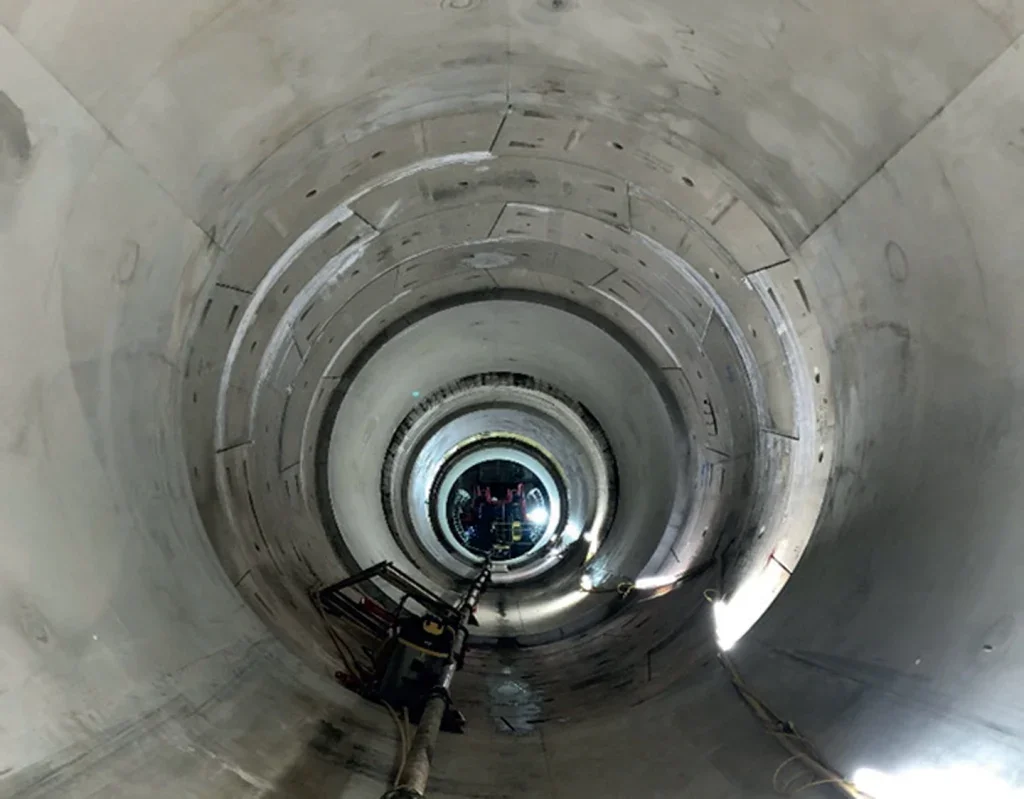
ICONIC PROJECTS
Transport dominates with many road and rail/metro tunnel projects, respectively. Most are very well known names and have been in operations for years, such as Mont Blanc (France), Frejus (France, Italy), Boston Central Artery (US), SMART (Malaysia), Channel Tunnel (UK, France), Great Belt (Denmark), Lake Mead (US), Singapore and Madrid metro lines, and many more. But not are projects that are completed and in operation.
Brenner Base Tunnel (Italy, Austria) was listed and is still in construction.
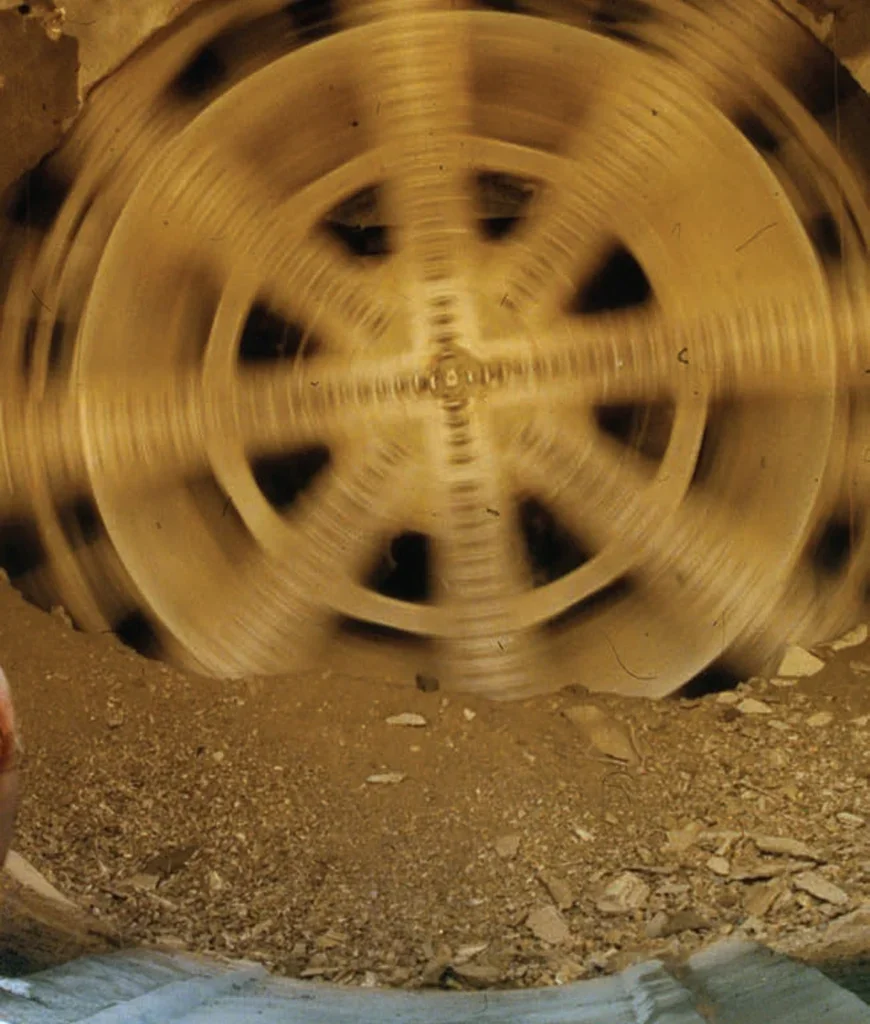
Same with the gigantic Grand Paris Express metro network. While the French capital will have some boost to services in time for the 2024 Summer Olympics, the listed project still has a number of years of construction work ahead.
Same with Mt Cenis Base Tunnel, a key part of the Lyon-Turin high-speed link, and listed.
Same with 2nd Jiaozhou Bay Tunnel, in China.
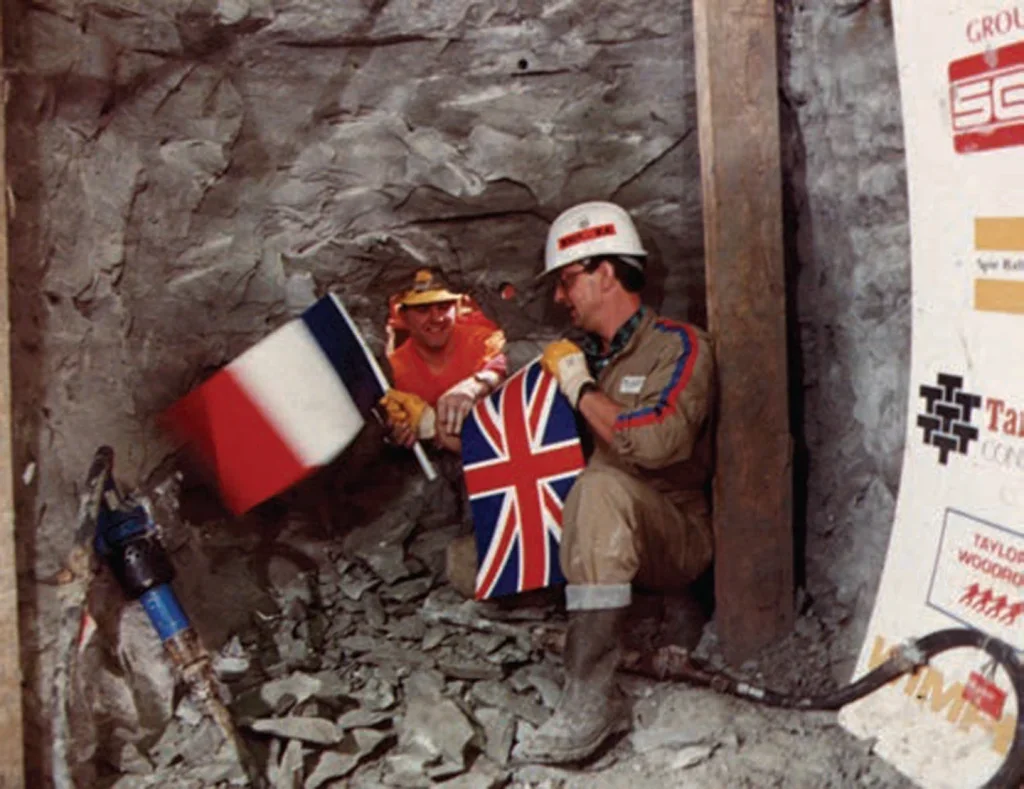
Another inclusion in the list was for the highly interesting Faroe Islands road link tunnel network of subsea links and other tunnels, although just over half of the planned total distance of tunnels has been built – and the longest is still in planning.
One world-class tunnel that did not get onto the list but was completed in recent years and is in operation is the Ryfast subsea road tunnel, at Stavanger, Norway.
The country is currently in early excavations of an even longer subsea road tunnel – Rogfast, set to be the world’s longest and also located adjacent to the fjords of Stavanger.
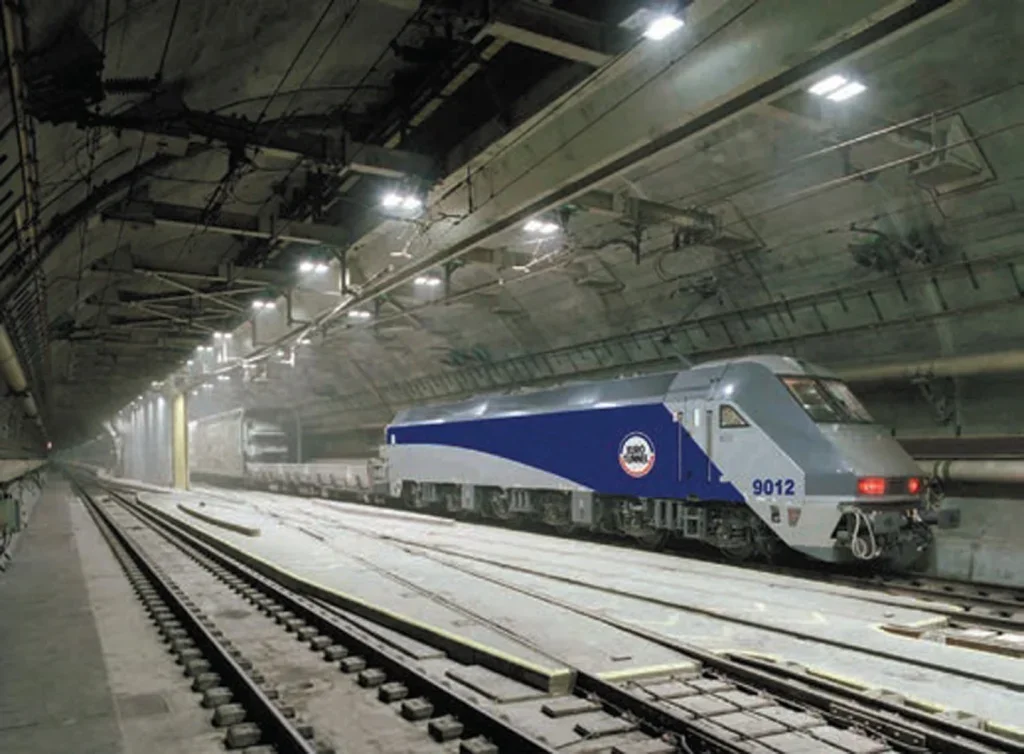
Another tunnel project that did not make it, although much tunnelling work is completed and other construction activities are very advanced, are the many and long tunnels of the twin-tube Stuttgart-Ulm high speed link, in Germany.
Some public health and storm/flood management projects feature, too – including SMART. The London Thames Tideway project is listed, as construction ends.
There are projects that are less about linear tunnelling and more of large openings, such as the caverns of Jurong (Singapore) and Gjøvik Hallen (Norway). Caverns feature, too, in the Nant de Drance (France), Snowy Mt hydro (Australia) and CERN (Switzerland) projects where they are among key parts of the underground infrastructure that also feature extensive tunnels.
Small caverns, plus shafts and tunnels, are key infrastructure in the only nuclear waste storage facility (Finland) to make the list – as it has reached the stage of applying for an operating licence.
Two older immersed tube tunnels with associated cut & cover stretches of tunnel, at the ends, are listed from construction periods earlier in the 50-year period – the Sydney Harbour (Australia) and Boston Central Artery (US) projects. Two much longer immersed tubes in China made the list: Zhuhai-Macao Link, at Hong Kong; and, just making it, the Shen-Zhong Link, next to Shenzhen, the host city of WTC 2024.
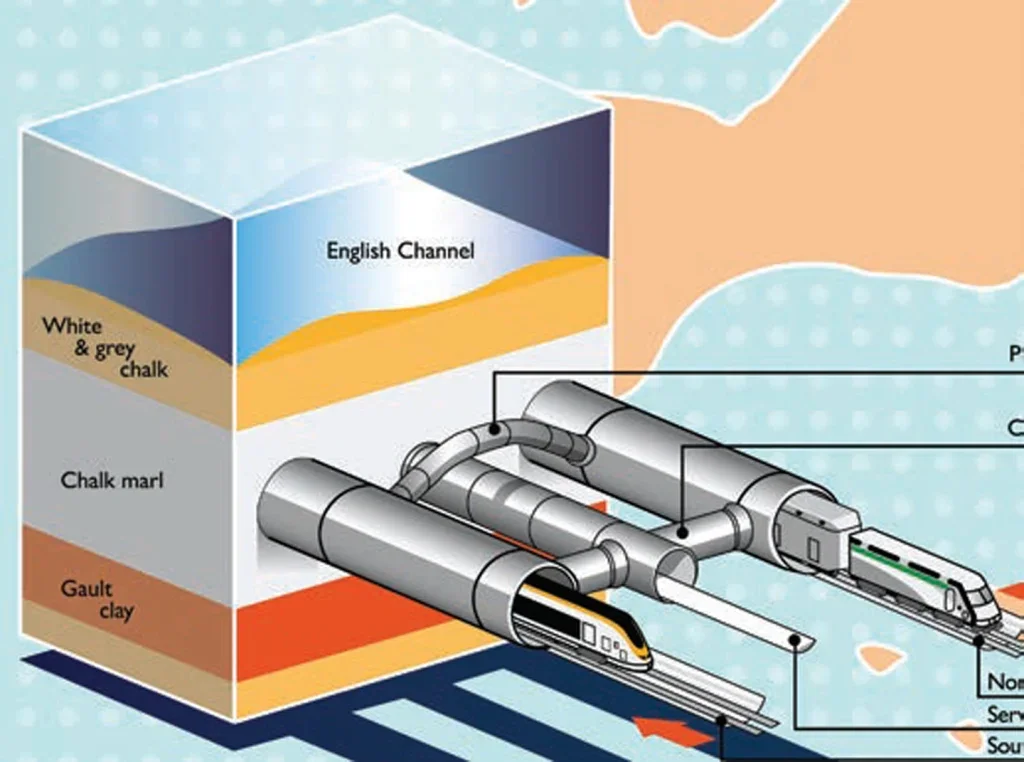
But an even longer immersed tube tunnel, between Denmark and Germany – the Fehmarn Link, which will take both road and rail traffic – is under construction, though is not listed.
Only Snowy Mt (Australia), Nant de Drance (France) and Niagara Intake (Canada) are listed among hydropower projects, although many such energy projects have extensive, complex and intricately woven underground infrastructure created in remote regions. Niagara is notable although features only a single tunnel – but at very large diameter – for an expansion project.
Many more hydro projects have been built that are larger and more complex undertakings with multiple tunnels running through remote mountains, helping to create enormous caverns to house power complexes and hydraulic surge shafts, and the long headraces and tailrace tunnels. However, so many are perhaps too far beyond the public eye to be icons, while being engineering marvels.
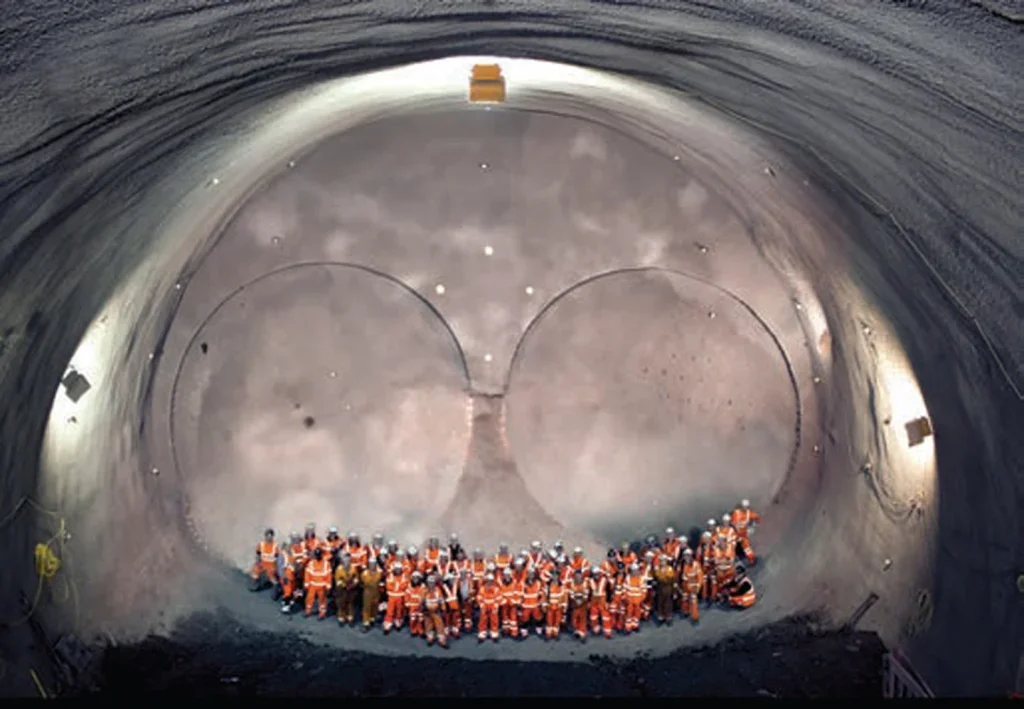
Being icons, then, is not only about scale and engineering complexity; visibility and locality plays some role, or fascination (CERN – Switzerland).
Also beyond the immediate public eye – but certainly in awareness for their importance – are a number of exceedingly long water conveyance tunnels in India and China, respectively, some of which are still under construction.
What is clear is that the world is full of many underground projects, of many sizes and types, and those could create an agreeable list running into hundreds. And more projects are coming (in addition to those for rehabilitation and upgrades), to serve the needs of society and science.

UK PROJECTS ON ICONIC LIST
Many large tunnel projects are in the minds of UK tunnellers but on a global scale, for the world-wide audience through the ITA, there were three UK projects that made the ‘Iconic Projects’ list built during the organisation’s first 50 years: Channel Tunnel (UK/ France); Crossrail; and, London Tideway.
Two projects in rail transport, one in public health. Themes that echo similar improvement efforts for society in earlier times of tunnel investment and construction in the UK, and London. Those earlier projects created large-scale underground works of value that called in the attention of the world and paved the way for much similar work elsewhere.
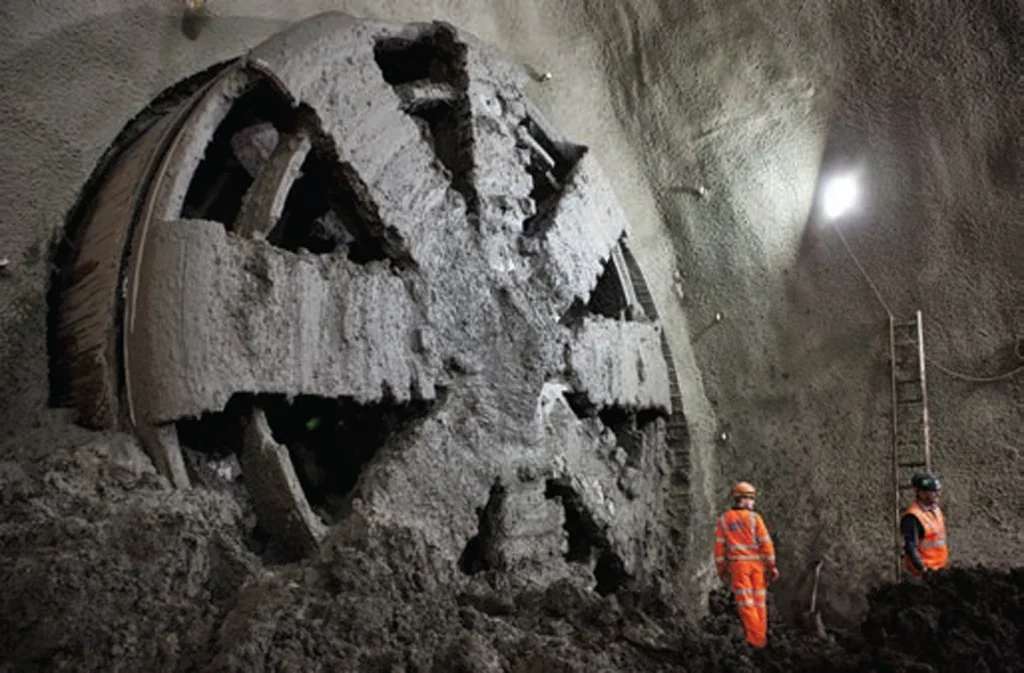
But so many other tunnel projects have been built in the UK that are not on the list – not least the expansions to London’s metro, or ‘Tube’, network in the Jubilee Line extension, the London Ring Main for water supply, and of late the London power cable tunnels expansion, the Hindhead tunnel, Silvertown road tunnel, the HS2 tunnels, mining and other utility tunnels, and so much else.
Of the three on the list, though, there is icon status: Channel Tunnel; Crossrail; Tideway Without needing to go into details this time, as they are so well known, they can be appreciated with a selection of photos.



